Summer is the best time to see the Milky Way in the Northern Hemisphere without a telescope. The key is to find clear, dark skies on moonless nights.
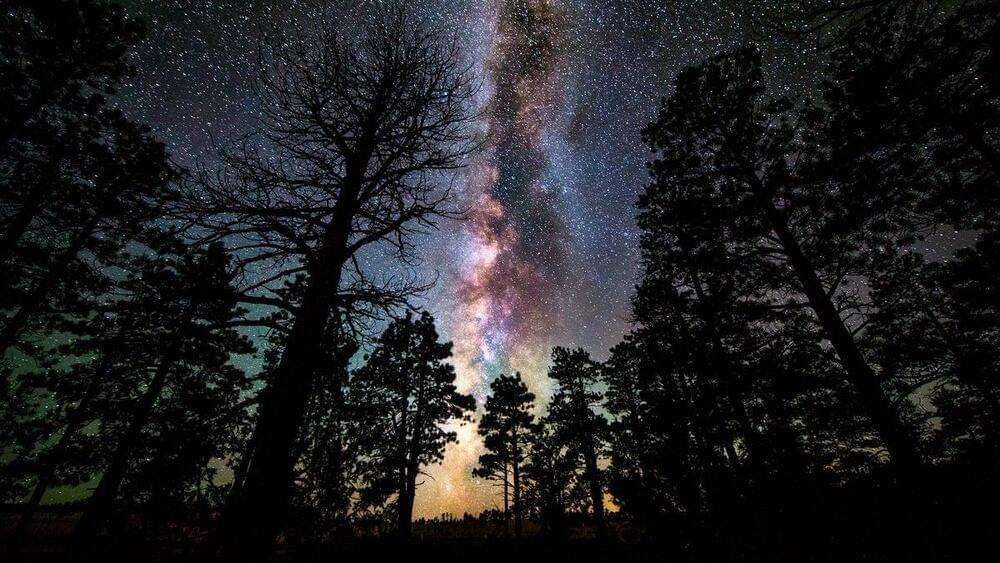

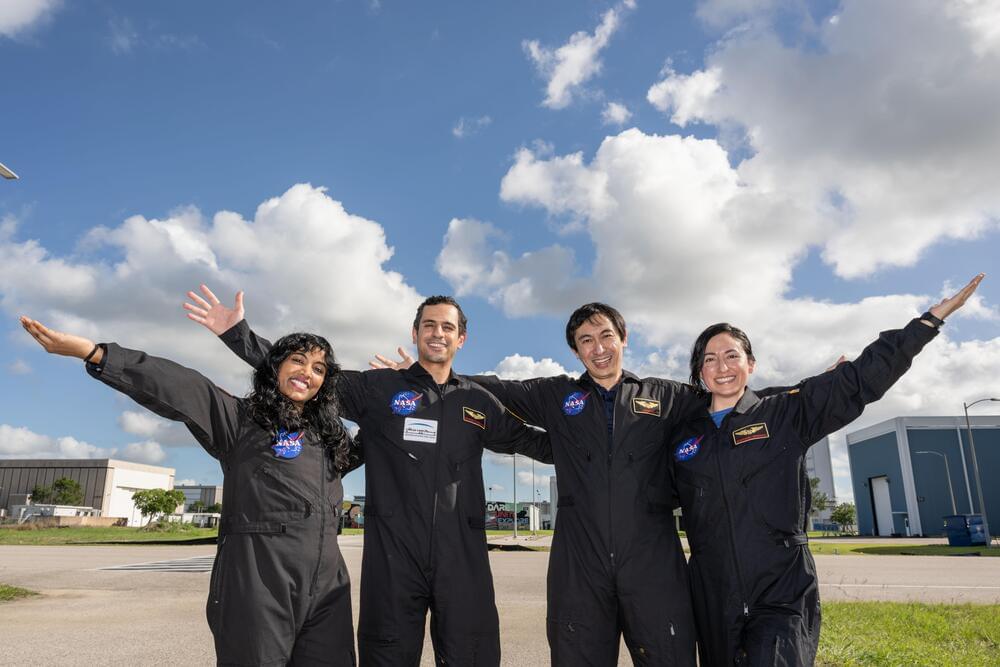
Four dedicated explorers—Jason Lee, Stephanie Navarro, Shareef Al Romaithi, and Piyumi Wijesekara—just returned from a 45-day simulated journey to Mars, testing the boundaries of human endurance and teamwork within NASA’s HERA (Human Exploration Research Analog) habitat at Johnson Space Center in Houston.
Their groundbreaking work on HERA’s Campaign 7 Mission 2 contributes to NASA’s efforts to study how future astronauts may react to isolation and confinement during deep-space journeys.
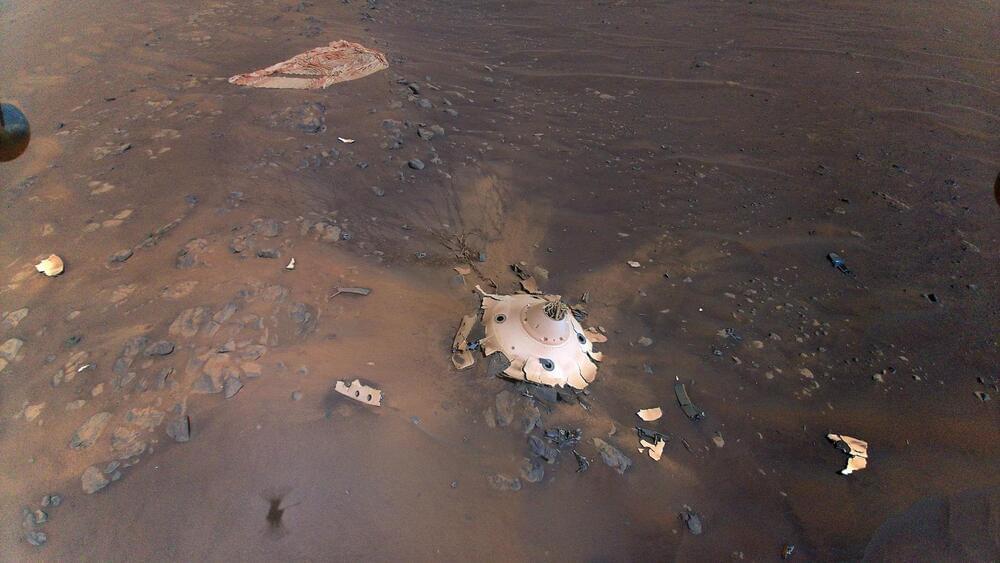
“Every mission is contributing back to the other missions and future missions in terms of new tools and techniques to develop,” said Dr. Fred Calef III. “It’s not just you working on something. It’s being able to share data between people… getting a higher order of science.”
As NASA’s Perseverance rover continues to explore the surface of Mars, an open-source, online mapping software known as Multi-Mission Geographic Information System (MMGIS) has been instrumental in determining the best routes for the car-sized rover and landing sites for its Ingenuity helicopter prior to the latter’s “retirement” but is also available for the public to follow the mission, as well. This software holds the potential to help both scientists and the public explore Mars in new and exciting ways for years to come.
“Maps and images are a common language between different people — scientists, engineers, and management,” said Dr. Nathan Williams, who is a mapping specialist at NASA JPL and was a key player in selecting Jezero Crater as the landing site for the Perseverance rover. “They help make sure everyone’s on the same page moving forward, in a united front to achieve the best science that we can.”
Officially licensed in 2022, MMGIS combines orbital and surface images that allows users to follow the paths of Perseverance and its sister rover, Curiosity, which touched down in Gale Crater in 2012. What makes MMGIS unique is its user-friendly interface, enabling members of the public to explore Mars without needing advanced data analysis experience, instead only needing minor programming knowledge to both download and operate the software. Through this, NASA hopes to enable the public to contribute to the goal of exploring Mars in new and exciting ways. Some of the key features of MMGIS is 2D and 3D data maps, customized layouts, detailed route maps of the rovers, and it’s completely free to both download and use.
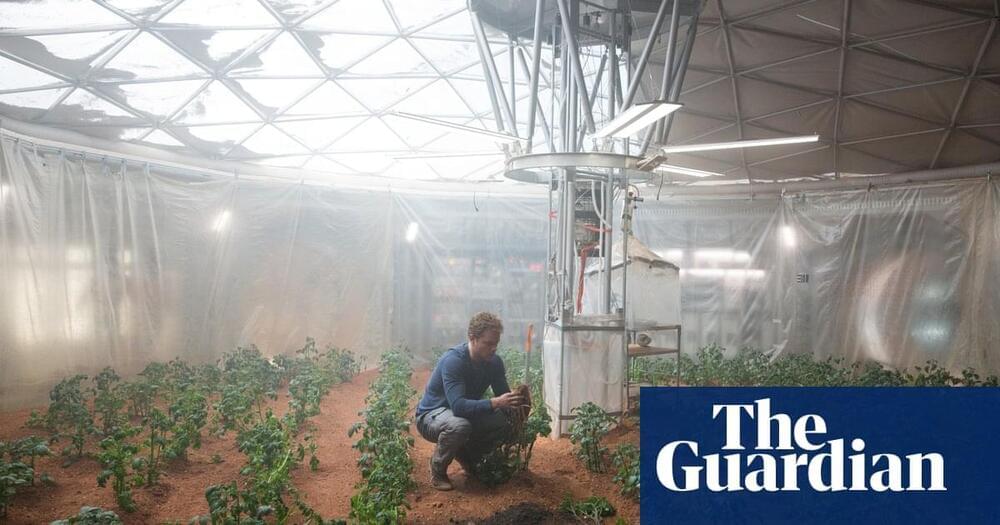
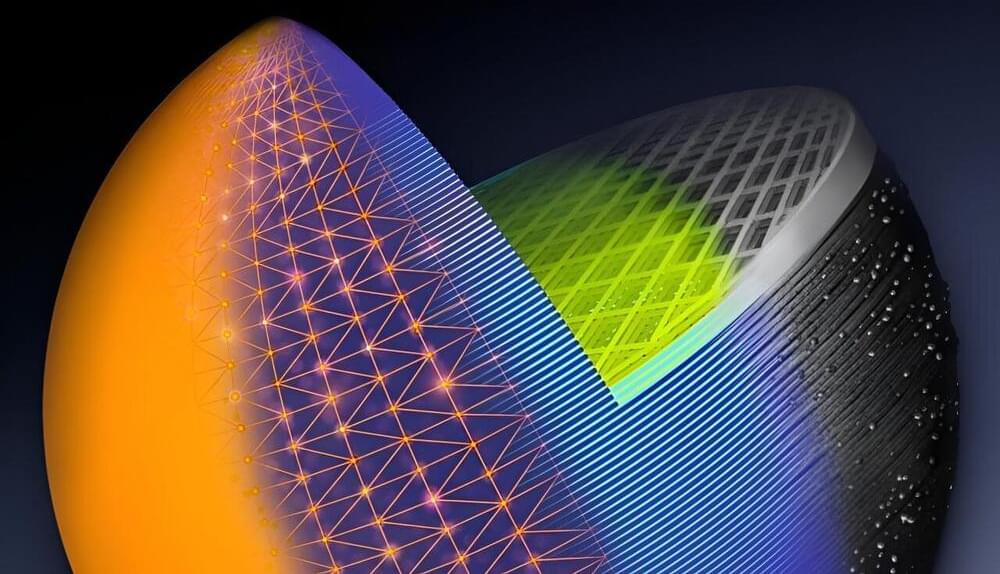
Researchers at the Department of Energy’s Oak Ridge National Laboratory have developed the first additive manufacturing slicing computer application to simultaneously speed and simplify digital conversion of accurate, large-format three-dimensional parts in a factory production setting.
The technology, known as Slicer 2, can help widen the use of 3D printing for larger objects made from metallic and composite materials. Objects the size of a house and beyond are possible, such as land and aquatic vehicles and aerospace applications that include parts for reusable space vehicles.
Slicing software converts a computer-aided design, or CAD, digital model into a series of two-dimensional layers called slices. It calculates print parameters for each slice, such as printhead path and speed, and saves the information in numerically controlled computer language. The computer file contains instructions for a 3D printer to create a precise 3D version of the image.
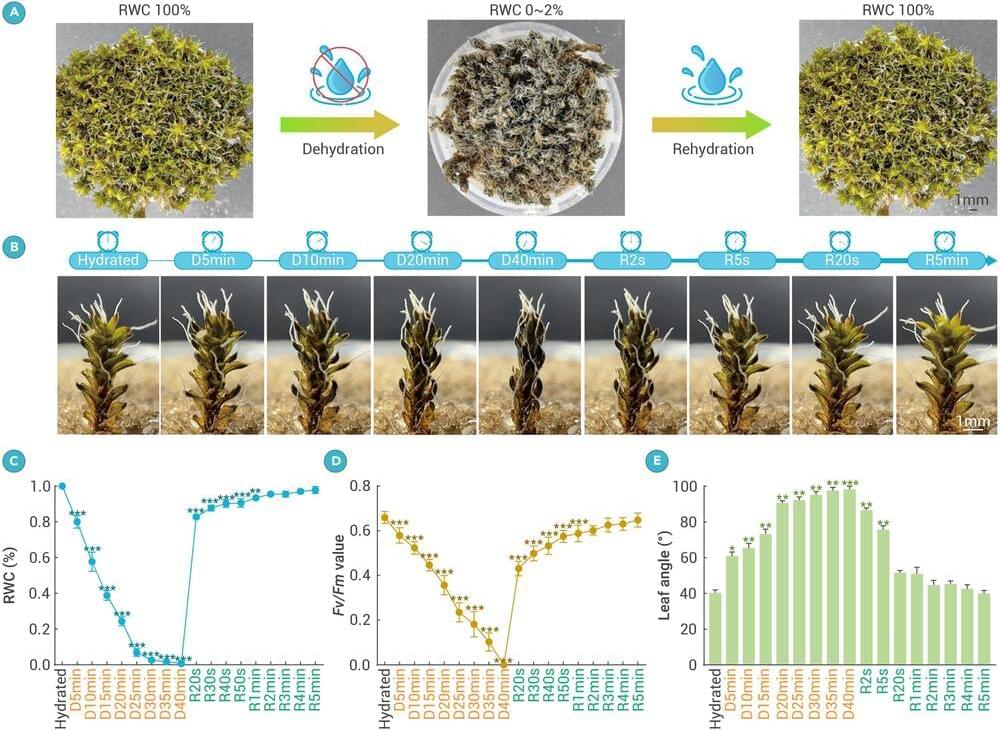
The desert moss Syntrichia caninervis is a promising candidate for Mars colonization thanks to its extreme ability to tolerate harsh conditions lethal to most life forms. The moss is well known for its ability to tolerate drought conditions, but researchers report in the journal The Innovation that it can also survive freezing temperatures as low as −196°C, high levels of gamma radiation, and simulated Martian conditions involving these three stressors combined. In all cases, prior dehydration seemed to help the plants cope.
“Our study shows that the environmental resilience of S. caninervis is superior to that of some of highly stress-tolerant microorganisms and tardigrades,” write the researchers, who include ecologists Daoyuan Zhang and Yuanming Zhang and botanist Tingyun Kuang of the Chinese Academy of Sciences.
“S. caninervis is a promising candidate pioneer plant for colonizing extraterrestrial environments, laying the foundation for building biologically sustainable human habitats beyond Earth.”
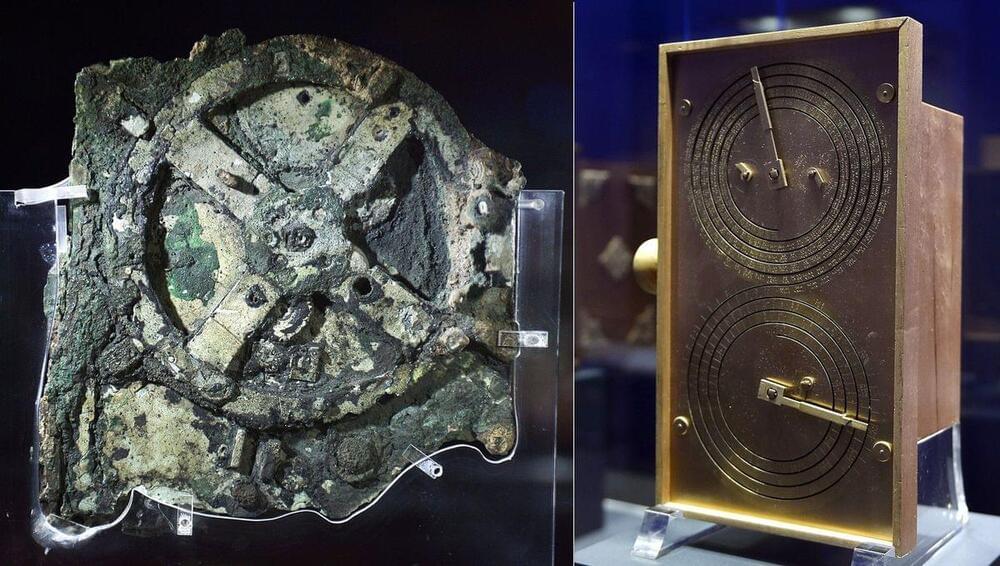

This research highlights that both early melting-volatilization and late accretion of volatile-rich materials are integral to understanding the distribution of nitrogen in silicate Earth. These insights open new avenues for understanding the origins of volatiles on Earth.
A team of researchers led by Professor Wang Wenzhong from the University of Science and Technology of China’s School of Earth and Space Sciences, in partnership with international experts, examined how nitrogen isotopes fractionate during the formation and evolution of terrestrial planets. Their findings were published in Nature Communications.
Currently, the academic community primarily holds two models regarding the accretion of volatiles on Earth: the “Late Veneer” model and the “Early Evolution” model.
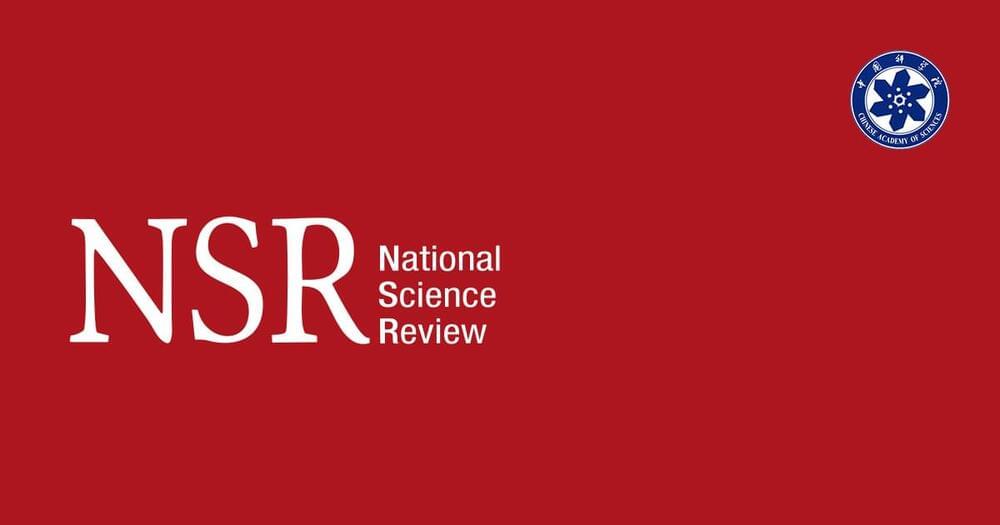
Wei Zhang, Qing Liang, Xiujuan Li, Lai-Peng Ma, Xinyang Li, Zhenzhen Zhao, Rui Zhang, Hongtao Cao, Zizhun Wang, Wenwen Li, Yanni Wang, Meiqi Liu, Nailin Yue, Hongyan Liu, Zhenyu Hu, Li Liu, Qiang Zhou, Fangfei Li, Weitao Zheng, Wencai Ren, Meng Zou, Discovery of natural few-layer graphene on the Moon, National Science Review, 2024;„ https://doi.org/10.1093/nsr/nwae211.
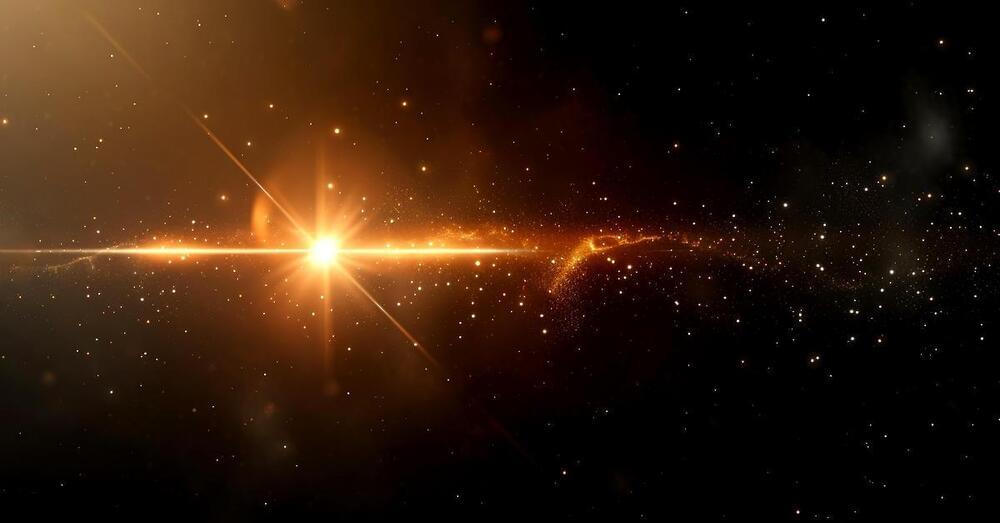
Earth gets second sun In 1.3 million years, Earth will have a kind of second sun because the star Gliese 710 will approach 1.1 light years from Earth and we would see it the same size as Jupiter. The bad thing is that this cosmic alteration can cause an episode on our planet like the one that wiped out the dinosaurs.
Auf dem Wüstenplanet „Tatooine “aus der „Star Wars ”-Filmreihe geht die Sonne zweimal auf. Etwas ähnliches steht in 13 Millionen Jahren auch unserem Planeten bevor: Dann bekommt die Erde eine zusätzliche Sonne – wenn auch nur vorübergehend.